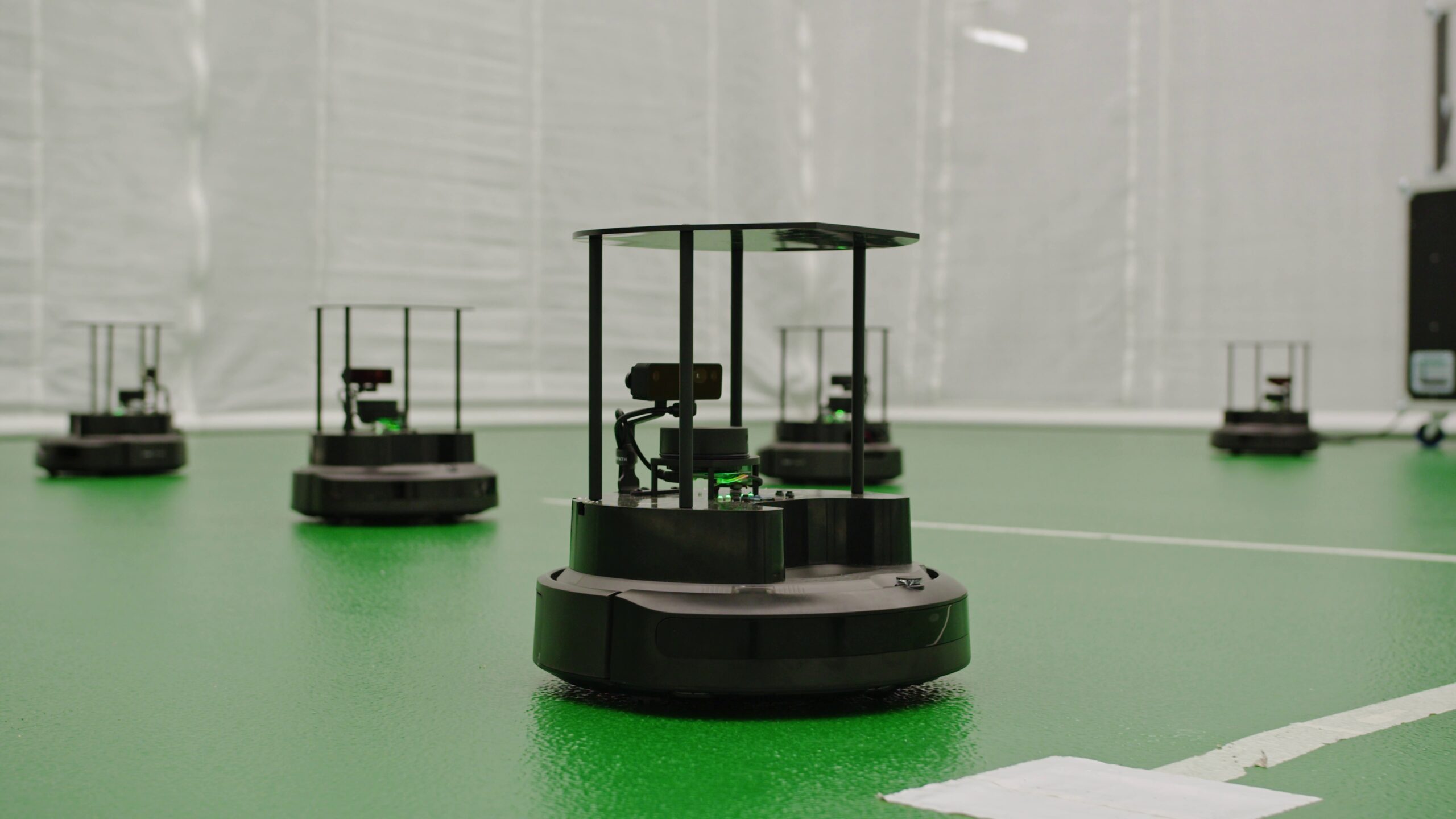Robot swarms that move effortlessly in the dark like bats, or robot groups in which individuals learn new tasks by imitating their peers: Biologist Thejasvi Beleyur and computer scientist Jonas Kuckling from the University of Konstanz’s Cluster of Excellence “Collective Behaviour” have each received about 1.5 million euros in research funding from the Carl-Zeiss-Stiftung.
Biologist Thejasvi Beleyur and computer scientist Jonas Kuckling, two postdocs from the Cluster of Excellence “Centre for the Advanced Study of Collective Behaviour” at the University of Konstanz, have each received 1.5 million euros from the Carl-Zeiss-Stiftung (CZS) Nexus funding programme to set up interdisciplinary junior research groups in Konstanz (starting in autumn 2024). Both researchers are working on innovative projects in the field of swarm robotics.
Learning from nature
Even when moving in large groups and in total darkness, bats rarely collide with each other. Thejasvi Beleyur will use the CZS Nexus funding to investigate how bats manage to do this despite their echolocation signals interfering with each other, and apply these principles in experiments with robot swarms. The aim is to gain a better understanding of how collective behaviour can emerge in environments where limited information is available. For the project “Swarms in Censored Realities: How Biological and Technological Collectives Move in the Dark“, Beleyur and his team will combine concepts and methods from the fields of collective behaviour, biology and robotics.
Learning by imitation
To deepen our understanding of natural collective behaviour, Jonas Kuckling investigates how imitation learning can be used to programme robot swarms. Up to now, each behaviour of a robot has to be programmed in advance. In his CZS Nexus project “Explainable Swarm Programming through Imitation Learning“, Kuckling and his team explore how to enable robots to learn new interactions by simply observing and imitating other robots – as a new way of controlling large groups of robots. Individual robots could then be added to existing groups without having to be explicitly programmed for every eventuality: By imitating their peers, they integrate into the group.
Contact: Elisabeth Böker, Science Communication, Centre for the Advanced Study of Collective Behaviour, University of Konstanz
.
In the picture: A swarm of robots in the University of Konstanz’s “Imaging Hangar”.
Photocredit: © Moonrock Media and Midnight Motion










